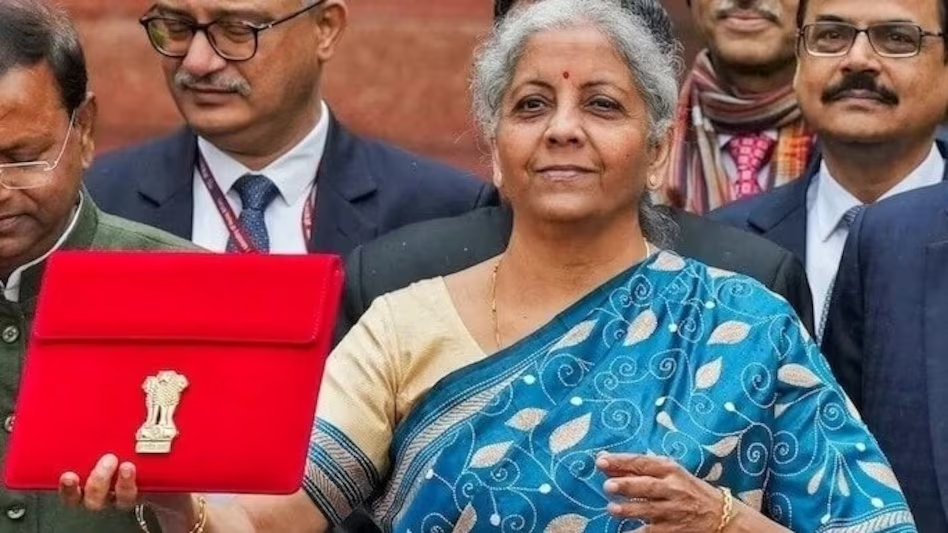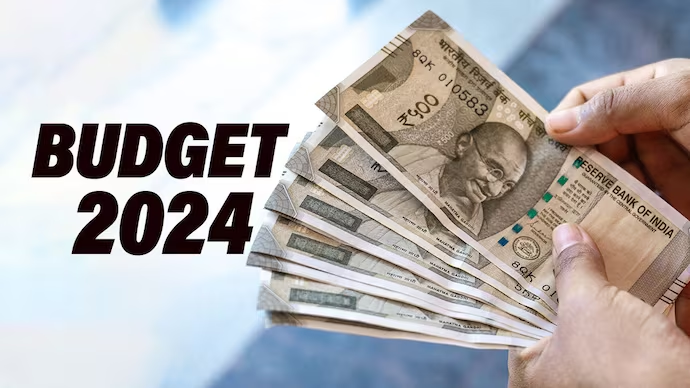Finance Minister’s Record-Breaking Presentation
Nirmala Sitharaman’s Milestone Achievement
On July 23, 2024, Finance Minister Nirmala Sitharaman presented her seventh consecutive Union Budget, setting a record in Indian history. Known for her detailed and comprehensive speeches, Sitharaman’s budget presentations have consistently drawn attention.
Longest and Shortest Budget Speeches
Longest Speech (2020-21): Sitharaman’s 2020-21 budget speech holds the record for the longest in Indian history, lasting 2 hours and 40 minutes. This marathon speech covered crucial topics such as the new income tax regime and the initial public offering (IPO) of Life Insurance Corporation (LIC).
Previous Record (2019): Her first budget speech in 2019 was also notably lengthy at 2 hours and 17 minutes, introducing significant measures like pre-filing of income tax returns and benefits for Micro, Small, and Medium Enterprises (MSMEs).
Historical Context
Before Sitharaman, the longest budget speech was delivered by Jaswant Singh in 2003, lasting 2 hours and 13 minutes. Another notable long speech was Arun Jaitley’s 2014 presentation, which lasted 2 hours and 10 minutes and focused on initiatives like AIIMS and foreign direct investment (FDI) in defense.

Key Highlights of Union Budget 2024
Fiscal Discipline and Deficit Reduction
Fiscal Deficit Target: The government aims to reduce the fiscal deficit to 4.5% of GDP by FY26, signaling a strong commitment to fiscal discipline.
Income Tax Reforms
- New Income Tax Regime: Introduction of a new income tax regime with reduced tax slabs and rates. Taxpayers now have the option to choose between the existing system and the new simplified regime.
- Standard Deduction: Increase in the standard deduction limit for salaried individuals, offering significant relief to the middle class.
Infrastructure and Capital Expenditure
- Major Allocations: Substantial funds have been allocated for infrastructure development, including highways, railways, and urban transport projects.
- Record Capex: A record capital expenditure plan is set to boost economic growth and job creation.
Health and Education
- Healthcare Investments: The budget focuses on strengthening healthcare infrastructure, improving medical facilities, and enhancing medical education.
- Educational Initiatives: Significant investments in education aim to improve the quality of education and accessibility.
Disinvestment and Strategic Sales
- Public Sector Disinvestment: The government plans strategic disinvestment in public sector enterprises to unlock value and enhance efficiency.
- LIC IPO: LIC’s initial public offering (IPO) is a major highlight, expected to be one of the largest IPOs in India’s history.
Agriculture and Rural Development
- Rural Focus: Continued support for schemes like PM-KISAN and MNREGA, with a focus on rural development and irrigation projects.
- Agricultural Reforms: The budget emphasizes agricultural reforms to enhance productivity and sustainability.
Sectoral Reactions to the Budget
Production-Linked Incentive (PLI) Scheme
- Revamping PLI: The budget aims to revamp the PLI scheme, particularly targeting sectors linked to employment generation. Sectors such as textiles, leather, footwear, and toys are potential candidates for inclusion.
- Dominant Sectors: Large-scale electronics, IT hardware, automobiles, and pharma have dominated PLI allocations. The total PLI incentive is expected to increase significantly in FY25.
Discretionary and Consumer Sectors
- Benefiting Sectors: The budget is anticipated to benefit domestic sectors such as affordable housing, capital expenditures, consumer goods, and rate-sensitive industries.
- IT and Pharma: These sectors might lack specific triggers in the current budget, leading to mixed reactions.
Chemicals, Petrochemicals, and Energy
- Sectoral Demands: Prior to the budget, these sectors expressed demands for tax relaxations, increased spending on R&D, and incentives.
- Budget Reactions: Reactions from these sectors were closely monitored during the budget announcement, with stakeholders analyzing the impact of policy changes and allocations.
Conclusion
The Union Budget 2024, presented by Finance Minister Nirmala Sitharaman, reflects a balanced approach aimed at fiscal discipline, economic growth, and sectoral development. With significant allocations for infrastructure, healthcare, and education, along with reforms in income tax and strategic disinvestment, the budget promises to drive India’s growth trajectory forward. Various sectors, from PLI-linked industries to consumer goods and energy, have specific expectations and will closely monitor the implementation of the announced policies. As the fiscal year unfolds, the true impact of these measures will become clearer, shaping India’s economic landscape.

1 thought on “Union Budget 2024: Highlights and Sectoral Impacts”